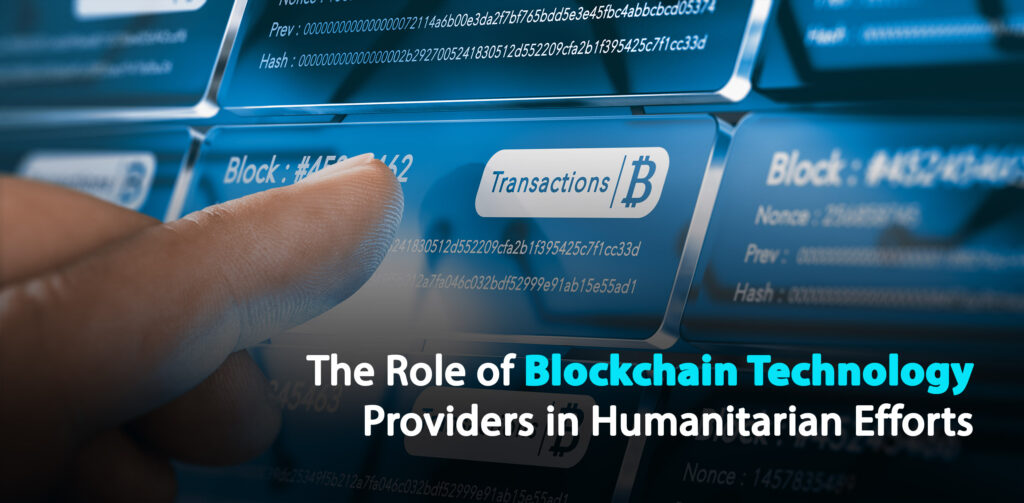Humanitarian aid agencies are constantly on the lookout for ways to improve their processes, enhance their transparency, speed up their financial transactions and make their logistics management more efficient. Blockchain technology can help them achieve these goals and make their operations more effective.
In this article, we will discuss how blockchain technology providers are revolutionizing humanitarian aid by making it easier for NGOs to streamline their operations and reach the people who need it the most.
Blockchain for faster international money transfers
Remittance companies like Western Union charge high fees for international money transfers. These fees can be as high as 10% of the total amount transferred, which is a significant portion of the aid budget of many humanitarian organizations.
On top of that, remittance companies take time, sometimes a few days, to process these payments.
This is where blockchain technology providers can come in handy – it enables organizations to send funds almost instantly, with significantly lower transaction fees.
Blockchain for effective fundraising processes
The main problem that blockchain technology can solve in this case is the disintermediation of fundraising.
Donors can directly donate to charities and projects they want to support without the need for a third party to control the transaction.
This means that the funds will be delivered faster, cheaper, and with more transparency.
Blockchain for more stable financial management
Blockchain-based fundraising methods also allow organizations to create a stable pool of funds, which will finance only pre-approved projects.
To ensure that these projects are implemented properly, these funds can be accessed only by a limited number of people within an organization (who have been chosen by donors).
In addition, blockchain technology allows organizations to monitor how the money they raised is used in real-time and make sure it’s not wasted.
Blockchain for simplified logistics management
Another problem that blockchain may solve is providing a digital asset management solution for logistics management.
A growing number of organizations are using blockchain platforms to track their deliveries and make sure they are distributed properly.
It helps them save time and money on paperwork, allowing them to focus on delivering their services instead of monitoring supply chains or dealing with unexpected delays in shipments because of paperwork issues or corruption.
Blockchain for better donor engagement and transparency
Blockchain technology can record and track every transaction related to humanitarian aid as it moves through the supply chain.
This will help ensure transparency and accountability, particularly with funding.
By tracking each stage of the transaction process, by recording the payment, the purchase order, and the delivery, for example, blockchain technology can increase network visibility and create new types of transparency for stakeholders.
Donors will get greater insight into how their money is being spent, helping them to make better-informed decisions about where they want to donate.
Welcome to the Blockchain Revolution
As the blockchain continues to grow and adapt, there’s no telling what will happen in the next ten years. But one thing is sure: this technology is becoming more than just an idea. It’s becoming a reality, with change following close on its heels.
We can rest assured that innovation at this level will continue to influence industries—and lives—far into the future.
Want to stay updated about breaking cryptocurrency news and developments in the blockchain space?
Bookmark the Key Coin Assets blog, and check in regularly to learn more.

